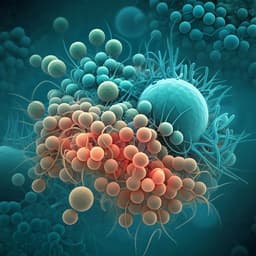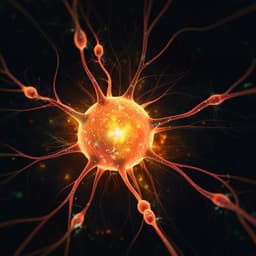
Medicine and Health
A single-cell transcriptomic atlas of exercise-induced anti-inflammatory and geroprotective effects across the body
S. Sun, S. Ma, et al.
This groundbreaking study reveals the powerful effects of long-term aerobic exercise on both physical function and gene expression in young and aged male C57BL/6J mice. The research, conducted by esteemed authors including Shuhui Sun and Shuai Ma, highlights the broad health benefits of exercise, uncovering BMAL1 as a key player in reversing aging-related gene changes and enhancing resilience against infections.
~3 min • Beginner • English
Related Publications
Explore these studies to deepen your understanding of the subject.







